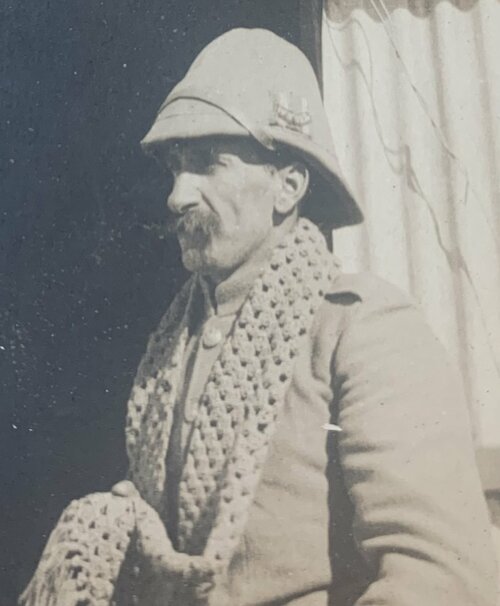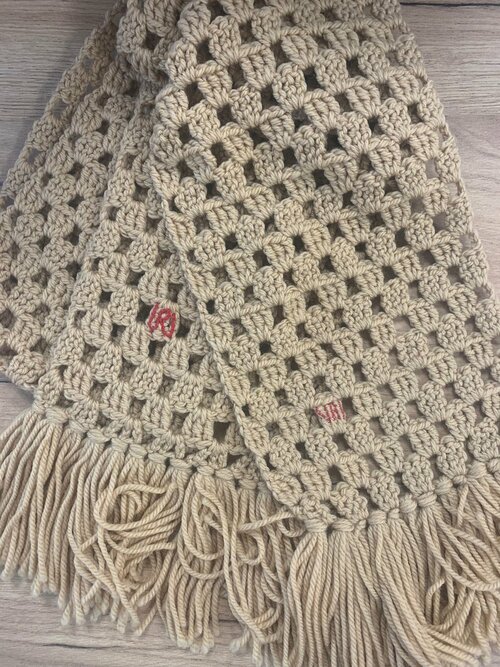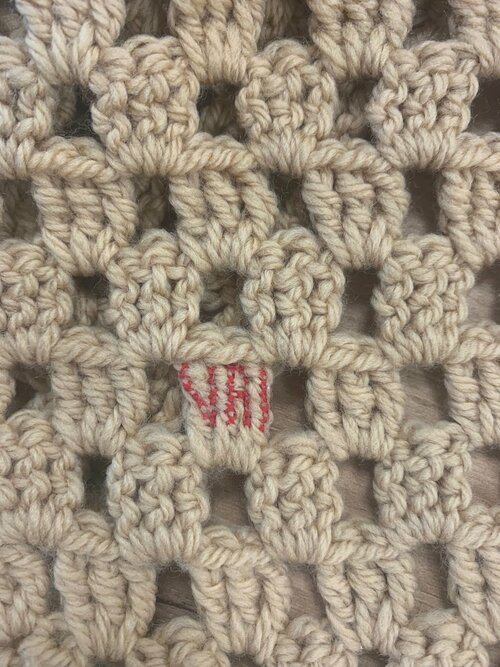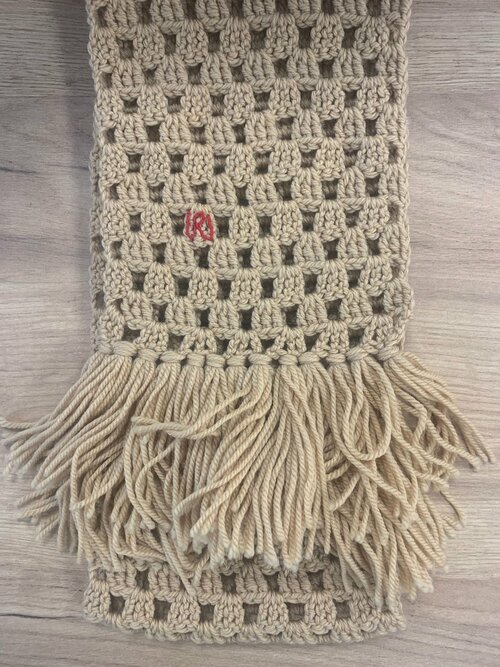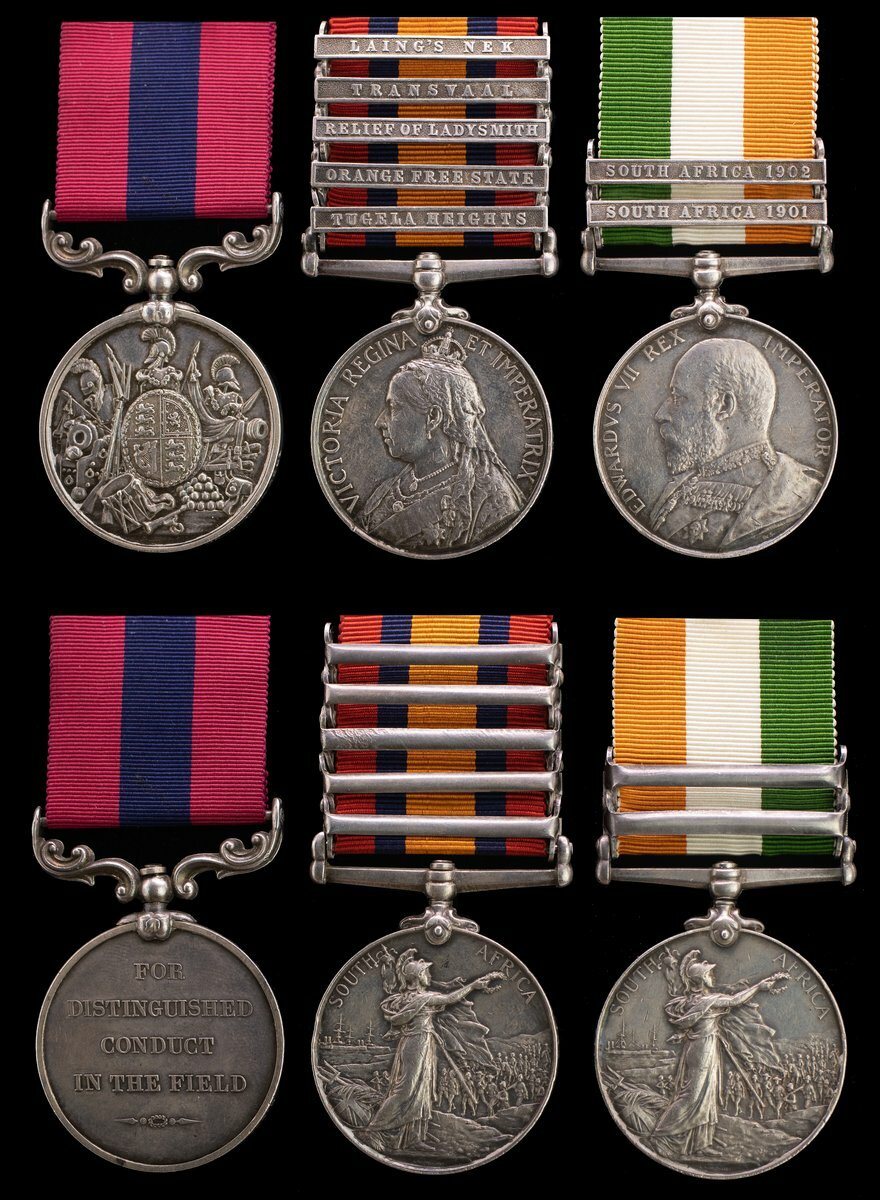Auction: 22101 - Orders, Decorations and Medals - e-Auction
Lot: 419
'Some time ago her Gracious Majesty sent out to her grandson, Prince Christian Victor….4 woollen mufflers, knitted by herself with her initials worked small in one corner and these were to be given to 4 NCOs or men. The Prince kindly gave one to each Regiment of the 2nd Brigade. Today the CO gave away one to one of our Colour Sergeants, C/Sgt Kingsley by name, and a fine fellow. He is naturally very proud of himself. I took a photo of him today'
Malcolm Riall, a comrade of Kingsley.
A very fine Boer War D.C.M. group of three awarded to Sergeant-Major F. Kingsley, 2nd Battalion, West Yorkshire Regiment (Prince of Wales's Own), who rescued both his company and his Captain from heavy Boer fire
Kinsley further carved his name into history becoming the recipient of one of the eight 'Queen Victoria's Scarves' knitted by the doting Queen for her soldiers
Distinguished Conduct Medal, V.R., (C.Sgt F. Kingsley, 2nd W. York Regi); Queen's South Africa 1899-1902, 5 clasps, Tugela Heights, Orange Free State, Relief of Ladysmith, Transvaal, Laing's Nek (1957 Col Sejt F. Kingsly, W. York: Regi); Kings South Africa 1901-02, 2 clasps, South Africa 1901, South Africa 1902 (1957 Serjt.-Maj: F. Kingsley. W. York: Regi), contact marks, note surname spelling, very fine (4)
D.C.M. London Gazette 19 April 1901, the recommendation by Colonel F. W. Kitchener, 2nd Battalion West Yorkshire Regiment states:
'Colour-Sergeant Kingsley, when his company was unexpectedly caught by a very heavy cross fire which wounded both his Officers, showed coolness and intelligence in withdrawing his men steadily to cover, and gallantry in bringing his Captain under cover when mortally wounded. His case is an exceptional one, worthy of recommendation for the medal for distinguished conduct.'
The Queen's Scarves
A replica of one of the eight handmade scarves knitted by Queen Victoria in the last months of her life is included with the Lot. It is a testament to Victoria's regard and understanding for the soldiers of her Army that she worked to create these gifts for them while both frail and short sighted. Victoria famously attempted to connect with her soldiers in a manner that other monarchs had not yet attempted, often awarding medals personally and creating new awards such as the Victoria Cross.
These scarves, along with the tins of chocolate sent out in 1899, represent a new and uniquely personal form of attachment between Victoria and her army. Decorated with her royal cypher, VRI, they were intended as a reward for the devotion and bravery her troops had shown her. The selection for whom should receive this accolade was left to the regular troops rather than their officers. Doubtless Victoria understood that it was more important to the soldiers that they be acknowledged by their peers than their generals. It is known that four were awarded to dominion troops, with the four British Army recipients besides Kingsley being:
Quartermaster-Sergeant Henry George Clay, D.C.M., 2nd Battalion, East Surrey Regiment.
Colour-Sergeant William Colclough, 2nd Battalion, Devonshire Regiment (Medals & scarf sold in these rooms in 2017, Hammer Price £13,000).
Colour-Sergeant Thomas Ferrett, D.C.M., 2nd Battalio, The Queen's (Royal West Surrey) Regiment - this scarf probably lost in the fire at Clandon Park.
Frank Kingsley was born at Stamford Hill, London, in 1865. Enlisted on 26 August 1887 listing his previous occupation as groom. Having served at home for a year he was posted to India, serving there from 1888-96. While on this posting Kingsley was promoted Corporal on 8 December 1890, Lance-Sergeant on 23 September 1892 and Sergeant 5 November 1892. Upon extending his service to 12 years on 5 June 1894 he was promoted Colour-Sergeant on 24 October 1894. Returning home in 1896 he re-engaged in August 1899 for service in the Second Boer War.
He entered the war in South Africa on 20 October 1899 with the 2nd Battalion, West Yorkshire Regiment. The Regiment was soon engaged in the battle of Willow Grange on 22 November near Estcourt. They continued to take part in the fighting around Ladysmith throughout early 1900 being engaged at the battle of Spion Kop. It was here that Kingsley won his D.C.M. on the eastern slope of Tabanyama on 21 January 1900. One company of the West Yorkshire's became isolated and had to survive till nightfall before being able to re-join their unit. During the afternoon of the 21 January Captain Charles Ryall was mortally wounded and carried to cover and great personal risk by Kingsley.
The Regiment were again heavily engaged at Tugela Heights with one officer, Captain Conwyn Mansel-Jones, was awarded the Victoria Cross. As a unit they were most distinguished in the taking of Railway Hill on 27 February 1900. After the relief of Ladysmith the Battalion found itself less involved in the fighting, although still engaged at Alleman's Nek, during the battle of Laing's Nek. In while August the regiment was forming part of Smith-Dorrien's Brigade Kingsley was awarded his Queens Scarf. A letter written by Malcom Riall, a member of the West Yorkshire Regiment who kept detailed records of the campaign noted:
'Some time ago her Gracious Majesty sent out to her grandson, Prince Christian Victor...4 woollen mufflers, knitted by herself with her initials worked small in one corner and these were to be given to 4 NCOs or men. The Prince kindly gave one to each Regiment of the 2nd Brigade. Today the CO gave away one to one of our Colour Sergeants, C/Sgt Kingsley by name, and a fine fellow. He is naturally very proud of himself. I took a photo of him today.'
A copy of his photograph of Kingsley wearing the scarf is included in the lot as is a second group photo in which he features. The Battalion continued to serve during the guerrilla face of the war being heavily engaged only once more during an action at Bothwell in which another Victoria Cross was earned by Sergeant Traynor.
Kingsley remained in South Africa being promoted Sergeant-Major on 1 May 1902, he was transferred home on 2 June 1904 where he served until 1906. Discharged at his own request on 7 September 1906 at Holywood, Belfast after eighteen years of service. He became an in-pensioner at the Royal Hospital Chelsea, dying there on 26 October 1952.
Sold together with copied research and the aforementioned replica of the Queen's scarf.
Subject to 20% VAT on Buyer’s Premium. For more information please view Terms and Conditions for Buyers.
Sold for
£6,000
Starting price
£2000


